Connecting Countries at Ellis Island
Words by Dalene Heck / Photography by Pete Heck
One of my favorite things about travel is putting together puzzle pieces: getting a fraction of a story in one country, and then seeing it come full circle in another. It is absolutely possible to learn about it all in a book at home, but like most, I am a visual person. To see it with my own eyes and stand in historic places has an immeasurable impact.
And in this case, I was able to follow the story of the Irish, and specifically Annie Moore, on her journey from Cork County to the promised land of the United States of America.
**********
In the southern town of Cobh, Ireland, there is a modest emigration museum, erected on the site of the seaport where a very large number of people departed the Emerald Isle in search of opportunity in other spots on the globe. Driven away by poverty and destitution at home, they went in search of a better life in the new world. Many of them landed in the United States, and would have been processed at the infamous Ellis Island.
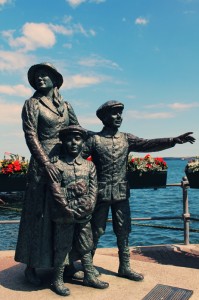
In fact, the very first immigrant processed through Ellis Island was a fourteen year old Irish girl named Annie Moore.
Annie was one of many Irish who made the journey to New York during the sixty years Ellis Island was open, welcomed by the sight of lady liberty and the hope of a new start. Often people came with nothing more than a few personal belongings of clothing and blankets. Most of them knowing English, the Irish may have had an easier time then the other many nationalities they shared destinies with, but it was still without a doubt at once a terrifying and thrilling experience, finding themselves on the doorstep of a new land and life.
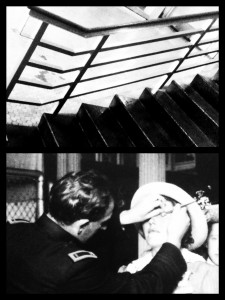
The process for entry was not easy. Upon entering the Registry building on Ellis Island, Annie and the others would have been confronted with their first test – climbing two sets of stairs to the registry room on the second floor. Doctors and others watched them carefully. If the stairs proved to be too laborious, they were immediately marked with a chalk “L” (for lameness) and were tagged for further scrutiny. If they appeared too bewildered of their surroundings, they were marked with an “X” to be tested for mental instability. After two weeks at sea, being likely malnourished, exhausted, and in one room hearing a variety of different languages and seeing new things, it would have been hard to be anything but bewildered and labouring.
Past the stairs, all entrants were given a six second medical test for evidence of transmittable diseases, and underwent the dreaded eye-hook test for trachoma (if detected, people were marked with an “E” for eyes).
A grand hall with rows of hard wooden benches kept people waiting for the official registry, and this room processed over 5,000 people a day. Beyond that people could be moved onto all other sorts of stations – more health or mental dexterity tests, legal reviews and further questioning on money, secured jobs or onward rail tickets. The failure of any meant detainment.
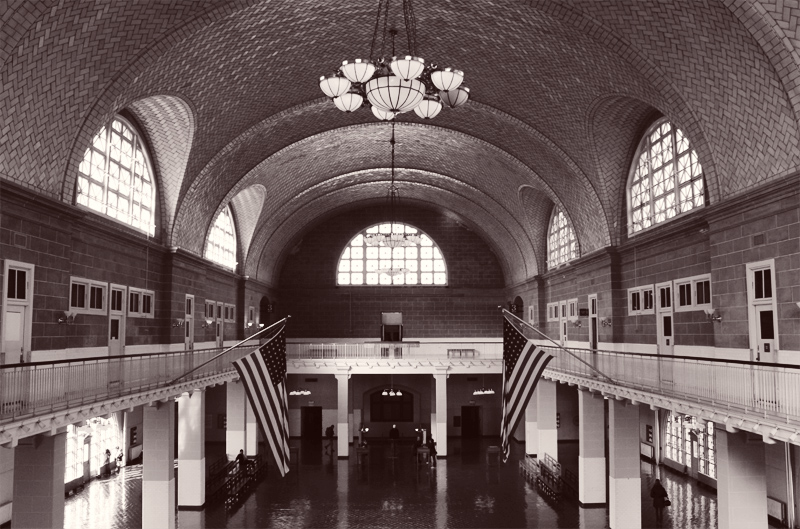
Some were forced to wait for money or other family members to arrive. More detainment. During the peak immigration years, as many as 20% were held in detention for any number of reasons.
Other families, faced with less fortune then just waiting, were ripped apart as some passed inspection and others didn’t. At the final “Stairs of Separation”, fates were decided. Those who were shepherded down the left or right stairs went onto the ferry or railroad station, those directed down the middle were headed for detention, and abruptly away from their family and friends who made it through.

It is reported that 2% of people were turned away, a number which may seem insignificant but could have meant 1,000 people in one month. Most who came had invested all they owned to do so, and would likely have suffered great hardships, both economically and emotionally, at the rejection.
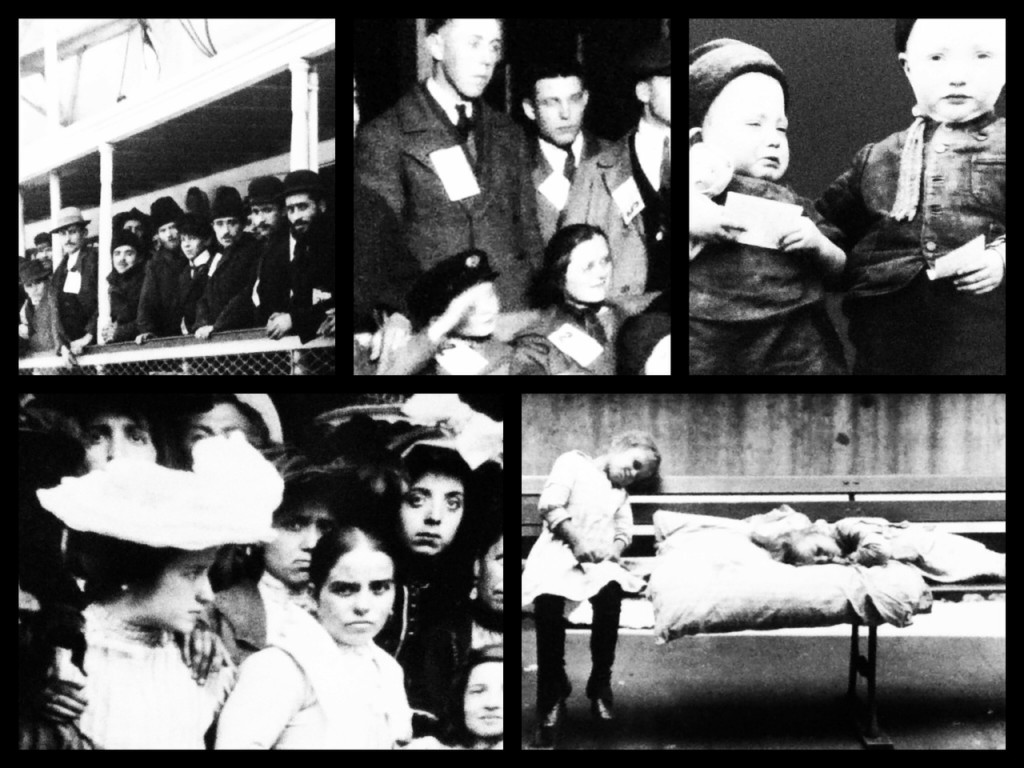
But for the many who made it through, like Annie Moore, a new life awaited. Annie reunited with her parents who had come over several years earlier, and settled in New York. She married a German and had at least eleven children.
Annie was the first in a very large and historic movement of the Irish to America.
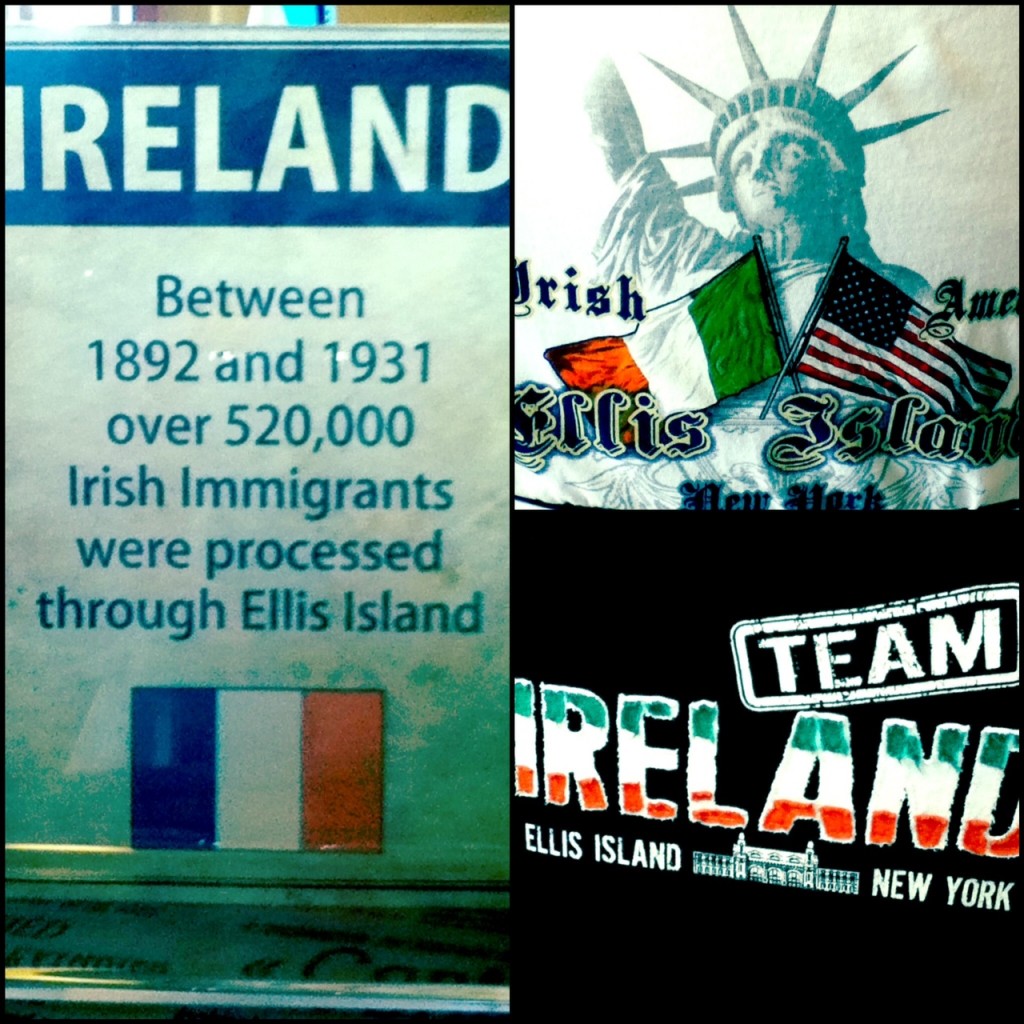
Members of my family made a similar trek, not from Ireland, and most to Canada, but my great-great-grandparents on my Mom’s side left Russia in 1898, settling first in Minnesota before moving on to North Dakota and then Canada.
It was a meaningful day for me to walk through and learn the Ellis Island history. Not only was I able to come full circle and connect history thru my travels, but I was also able to discover some of my own.
**********
Many thanks to nycgo.com for the complimentary CityPass for entry into this attraction!
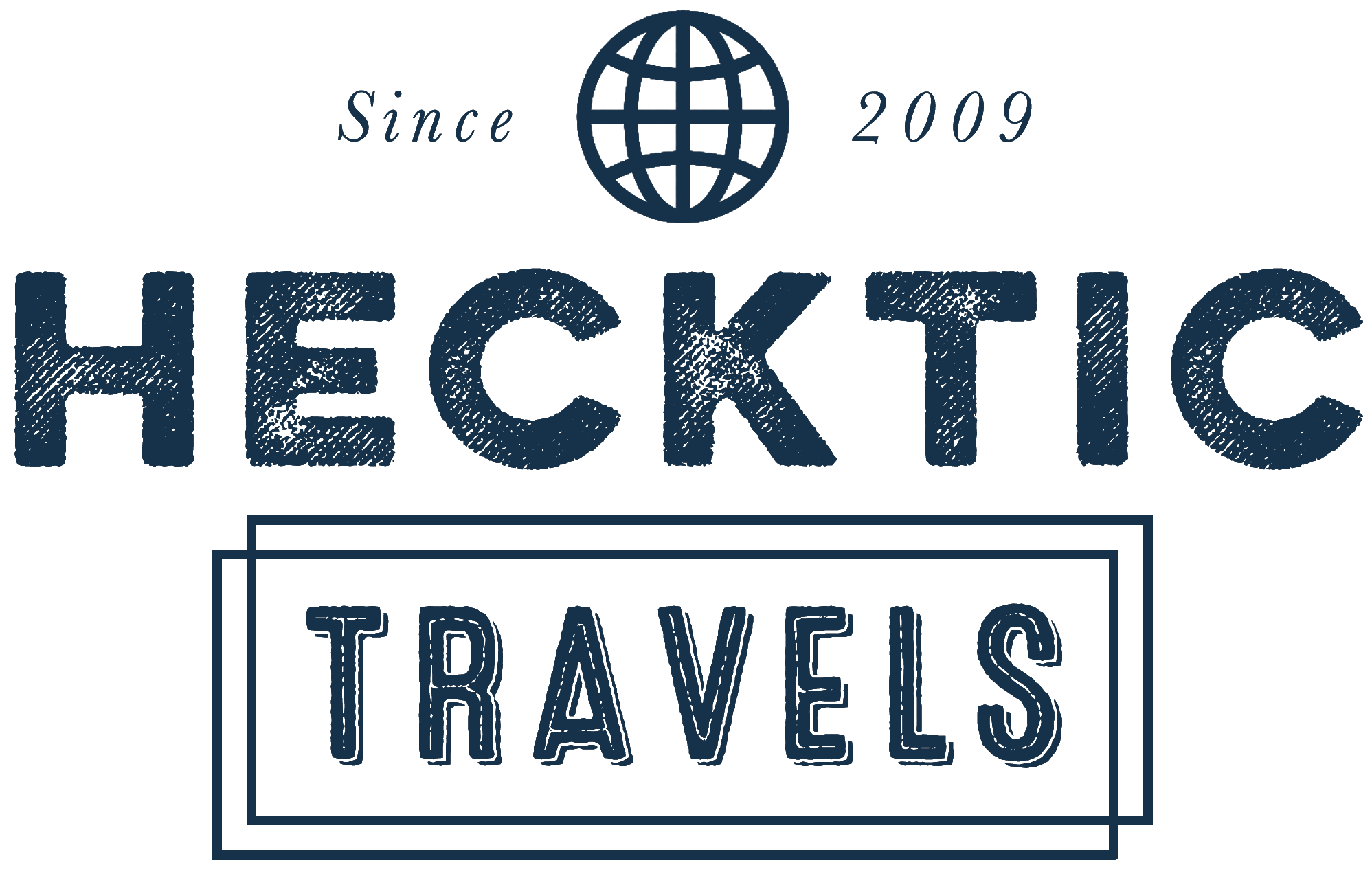
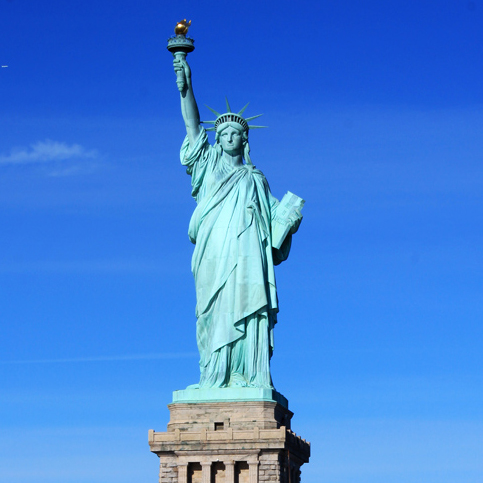
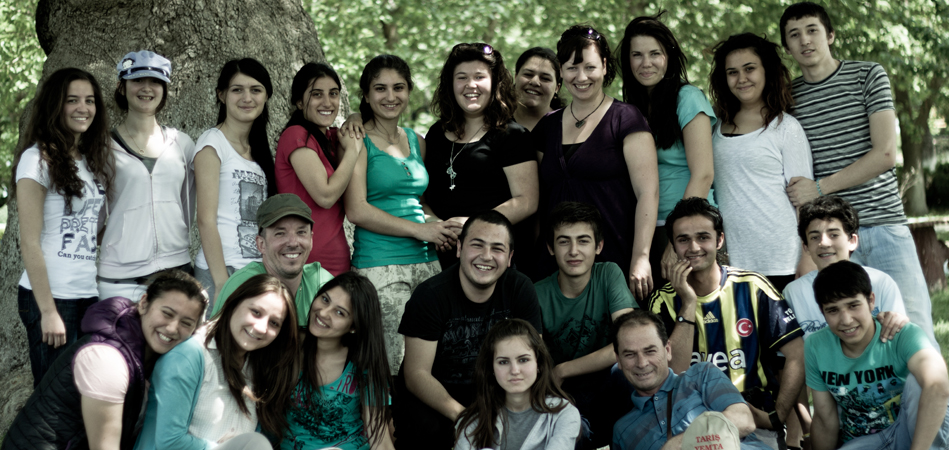

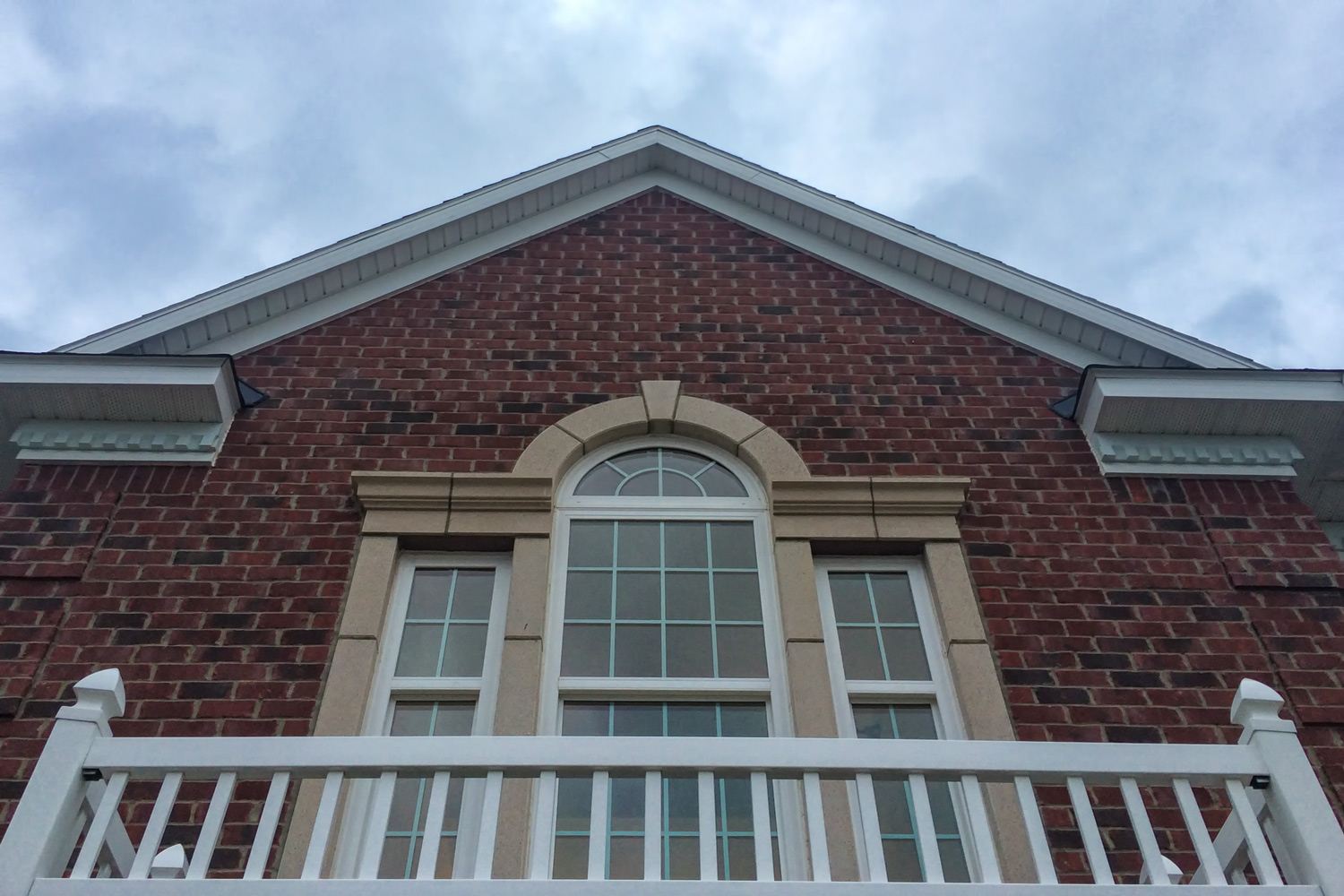
Very interesting !!!!
Thanks for helping me with some info Mom! 🙂
I always envisioned the arrival as a “Come one, Come all” kind of situation. It never occurred to me that some people were detained or turned away. Way to shatter my illusions! At least you did it with a really cool article. Are you still mad at your great-great-grandparents for choosing the frozen north over a beach in Florida somewhere?
Well, 98% DID get in, which is a pretty remarkable statistic. What amazed me most was that a 6 second medical test could determine so much. 6 seconds!! Haha, can’t say I’ve ever held a grudge against my ancestors for anything, but now that you mention it… 🙂
Interestingly when I visited New York and coming from Belfast I was immediately a relative to some degree or other with everyone we met!!! May have been coincident with visiting every Irish bar in NY …. ha. I am also hoping that my Gravitar works and again by coincidence (I loaded it this morning before reading this latest blog)it has me wearing my Irish Rugby top playing the washboard at an Irish music night!!!
There you are! Your gravatar worked! There is no shortage of Irish pubs here, it’s pretty impressive that you visited them all! 🙂
Ellis Island is a pretty amazing place, isn’t it? Just standing in that hall of registry and imagining the thousands of lives that were about to begin anew there… it’s powerful stuff! I do have some ancestors that came through Ellis Island (my grandma even paid to have her family’s name etched on the walls out back), so visiting there with my mom a few years ago was very special.
Great post, as usual.
Thanks Amanda! It was pretty incredible to be there, and then dig into my own roots a little bit after. That is so cool about your name being on the wall, and being able to visit with your Mom…. 🙂
I felt exactly the same way when I did the “touristy thing” and visited Ellis Island. My mother’s parents came from Scandinavia. However, the journey and cost was similar to that of the Irish and Russians [and so many others]. And the result, that I am here today — is incredible.
I could have been born anywhere and while I don’t always love America, I do love that I am the product of people who dared to dream of a better life and decided to pursue it *at all costs*.
To think…about the people that had their future determined by a 6 second medical test…it affected so few, but still. Lives changed dramatically at Ellis Island, and the impact really hit when we were there.
” I do love that I am the product of people who dared to dream of a better life and decided to pursue it *at all costs*.” — Couldn’t agree more 🙂
Awesome post! I’ve been to Ellis Island but I think I was 11 years old, not old enough to appreciate it. I never knew about this long process, can’t imagine what it would be like to be one of the people turned away.
I agree Ali, even today I imagine what it is like to pack everything you own, move to a new country in hopes of a better life. To be turned away would be heartbreaking.
What a beautiful post!
That is an interesting story! When I was in New York I heard a lot about Ellis Island but I was not able to visit. I would definitely visit the place next time. Thanks for the insight.
Thanks Rashmi, it was wonderful to see both sides from Cork to New York.
Such a beautiful and insightful piece. It’s always to know about these parts of history and be grateful of where we are with our lives today.
Thanks Alexa! I truthfully had never even thought much about my ancestors coming through Ellis Island before this, but it really had an impact on me when I realized they had.
Well, I am very happy for Annie and her 11 children. I would have definitely failed their exams. Weak, certainly insane, and blind as a bat.
Two percent doesn’t sound bad in today’s standards, but at least we have some pretty specific requirements now. It would be such a heartbreaking situation to be turned down.
Yes, 2% is minor (ESPECIALLY considered to today), but I just can’t imagine having gone through that, to have a loved one sent back while the rest went through. I sadly always think about those stories instead of the 98% good ones.
Glad you guys are in our home town having such a good time. Can’t wait to read about all of you adventures there. If you need any suggestions just holler — especially about music. Plenty of advice around these parts, but not much music info, a NYC passion of ours.
btw – Comentluv looks like its not working. At least not picking up my feed
I only learn of this through the books I read growing up. I wished I can be here soon.
This is an interesting article.
Great story. My great grandparents came to the US from Italy, and I hope to visit the relatives I’ve never met in Italy one day.
Wouldn’t that be great? I know I surely have relatives all over Germany, but no way of knowing who or where. Wish I could find out!
What an interesting trip! Bob and I visited Ellis Island the last time we were in NYC and I was totally fascinated by all the people who had ventured through there. I love your story of following someone’s journey from start to finish.
Love this post! My family came through Ellis Island at some point… amazing to think of what they went through to come to the US.
Interesting story, thanks for sharing it with us.
Lovely article! I’m actually hoping this reaches someone who can give me the okay on this, I’m a senior at the Savannah College of Art & Design and I am seeking permission to use your image of Ellis Island in our spring production of “Ragtime.” It would be the third image seen in this article and it would be a big help to have the permission to use it as one of our projection images. Thank you so much.
We always travel with the kids and this is a great spot to show them in person where their family members entered the country. I had such a moment of awe when I stood in the room where so many had waited, hoping to enter the country.
We always read about our destinations before we visit and this gives the kids a foundation upon which to lay their new experiences. Visiting here made stories of immigration so REAL. Wonderful museum and visit for any NYC visitor.